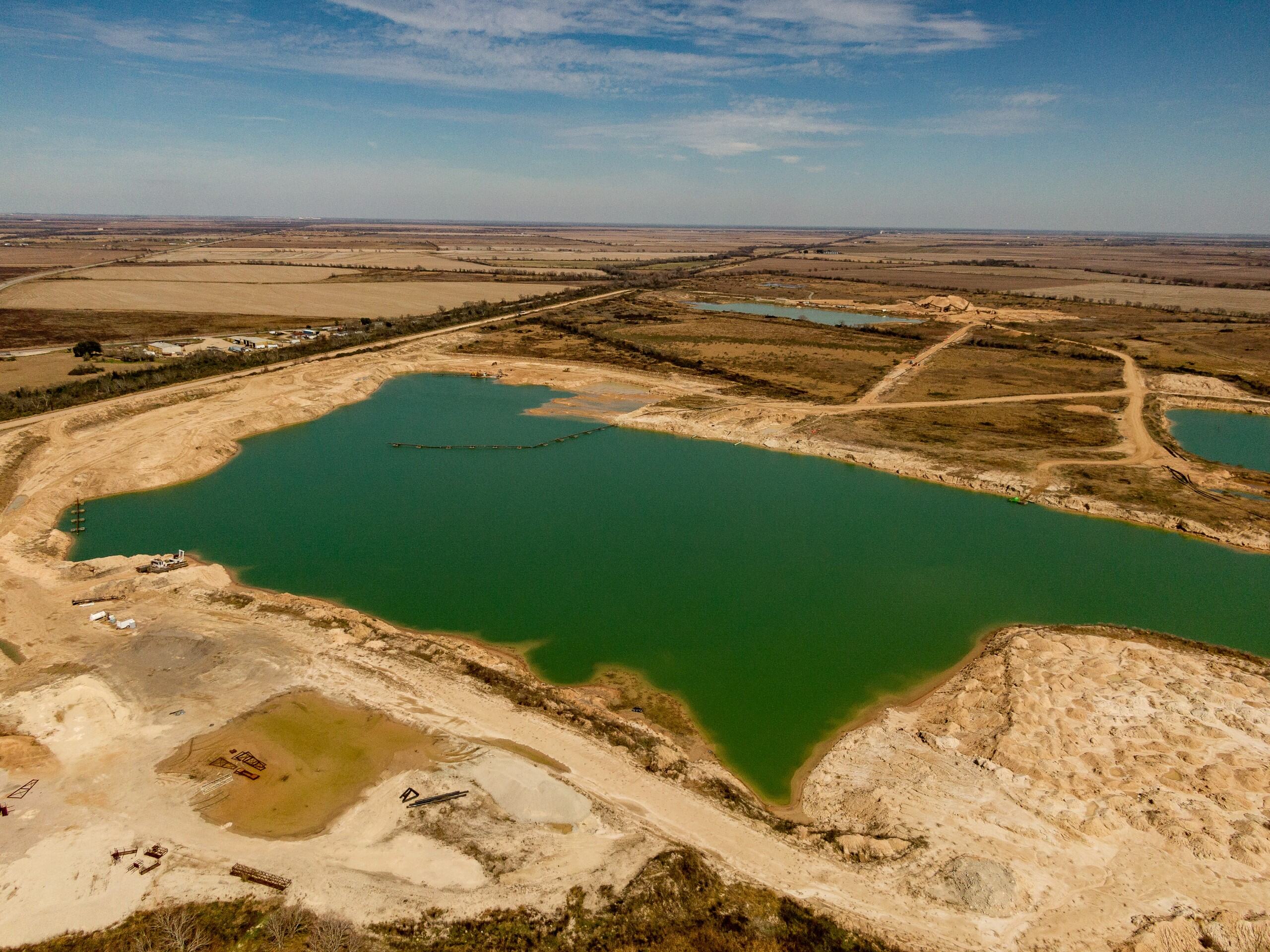
Site Selection, Planning, and the Environment
Site selection is based on the combination of delivering the most economical product to society while minimizing any impacts to citizens and the environment. Our economy requires infrastructure and infrastructure requires aggregates. Summit provides society with these essential products, while being responsible stewards of our communities and our environment. Please see our sustainability section for a detailed overview of our commitment to sustainability.